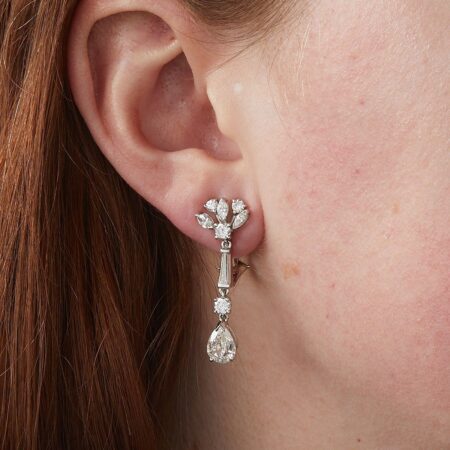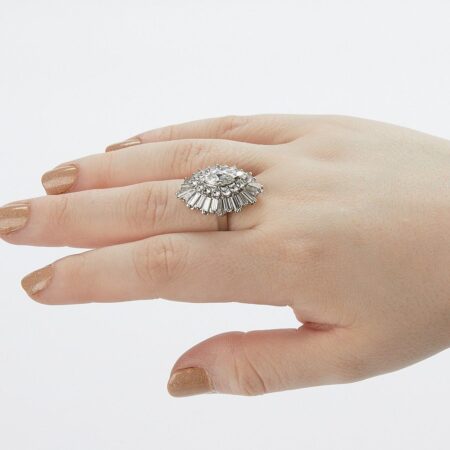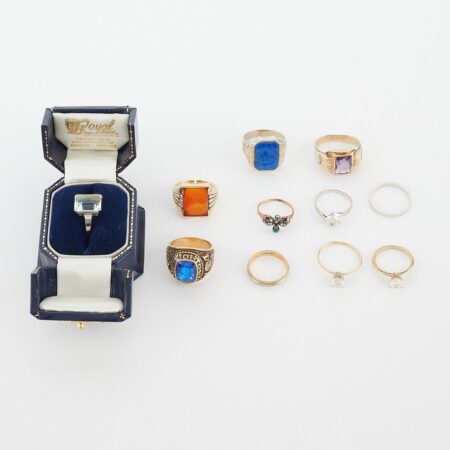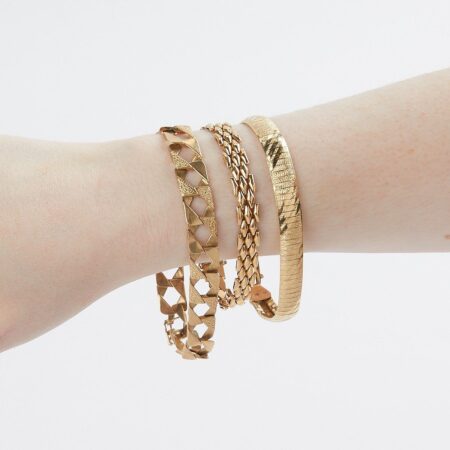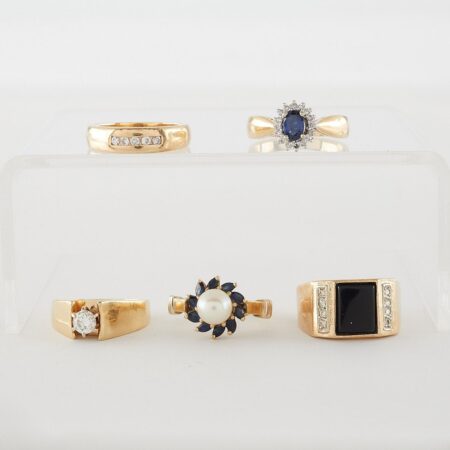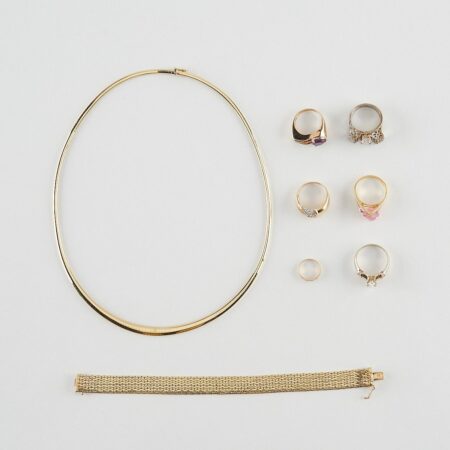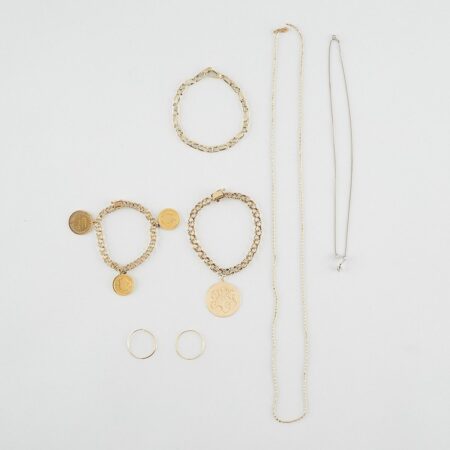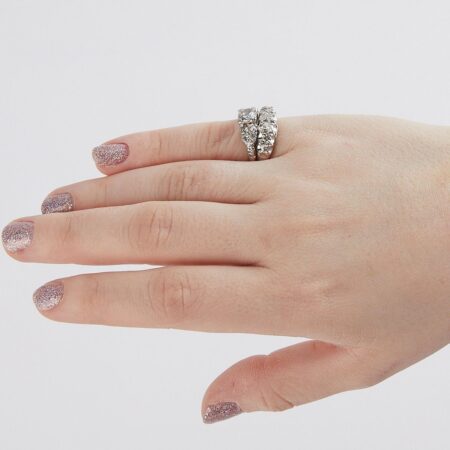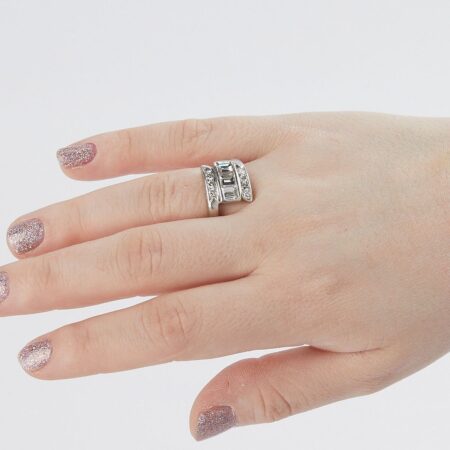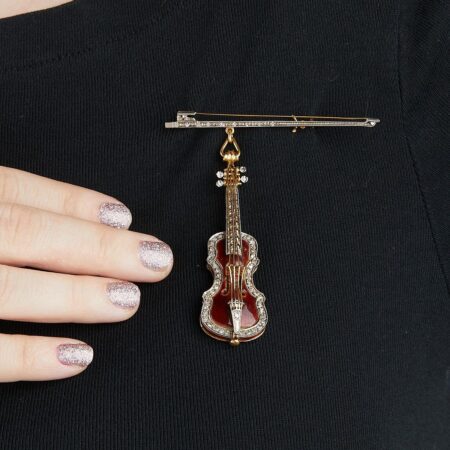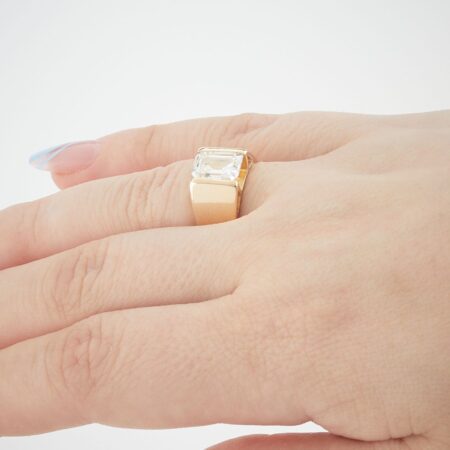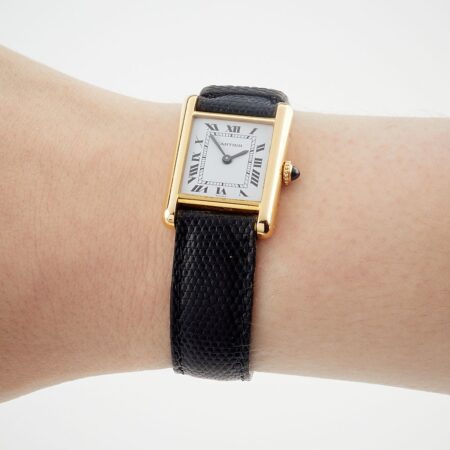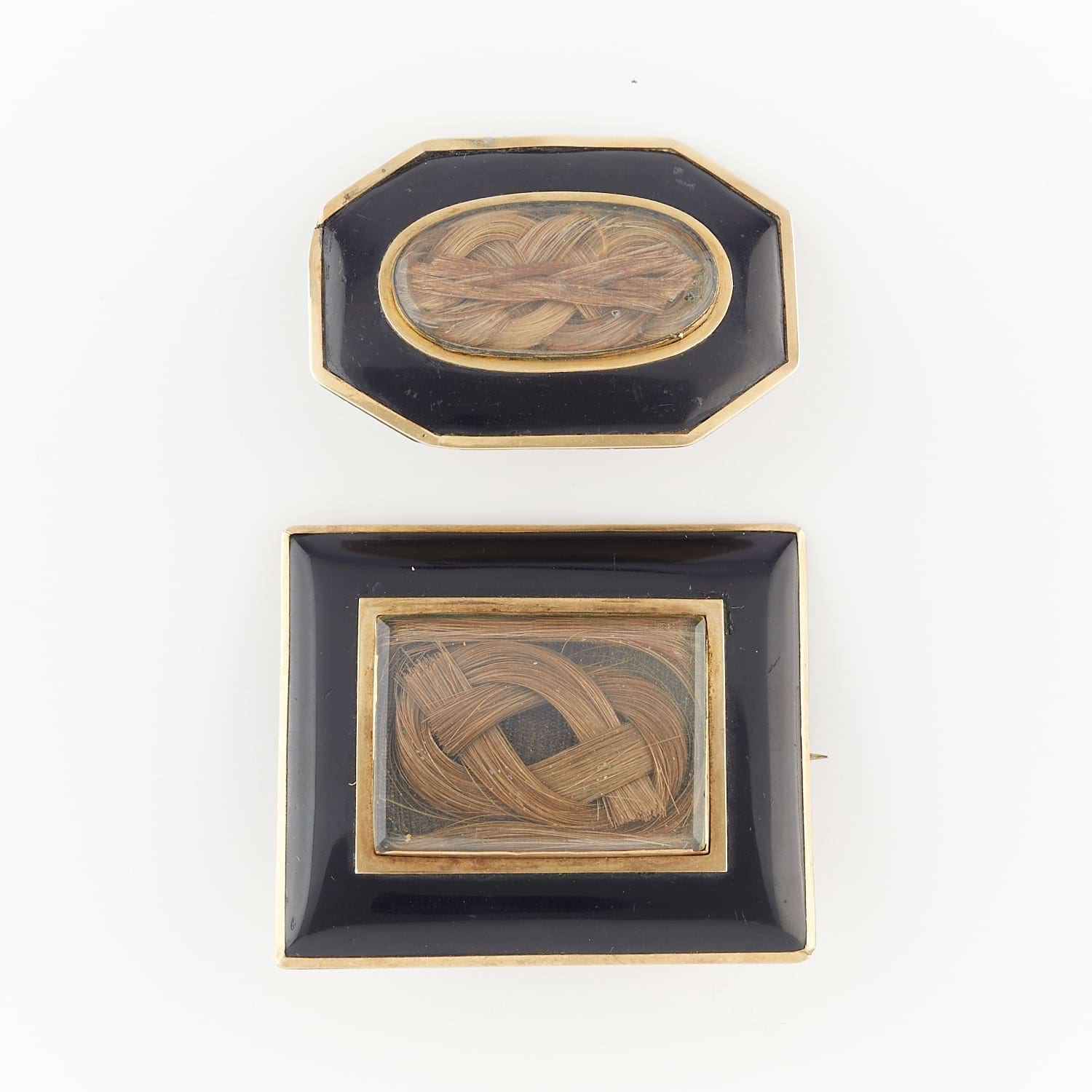
Sentimental Jewelry
Interested in selling a piece of Jewelry?
We have received top dollar for Jewelry. Auction is the best way to quickly and transparently get maximum dollar for your artwork.
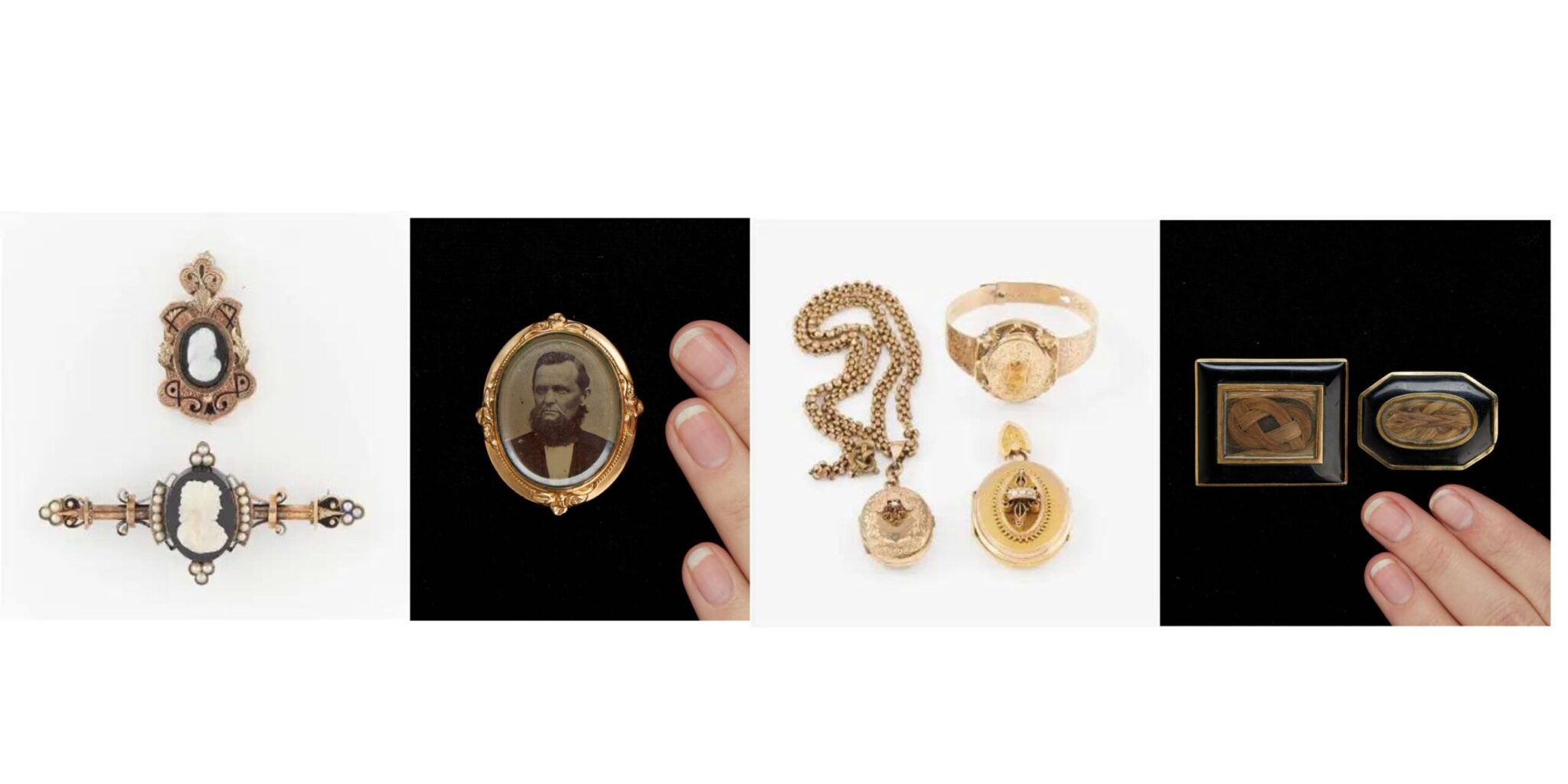
Sentimental Jewelry
Do you have a sentimental piece of jewelry? Perhaps a ring you received for your 16th birthday or an heirloom necklace passed down for generations. Besides holding inherent value in the metal or stones, jewelry often holds strong emotional ties to its owner. From royals to the average everyday person, jewelry can be a repository of meaningful memories.
The young Queen Victoria married Prince Albert in 1840. Though the marriage was part political alliance, the couple noted in their memoirs that they fell in love instantly, and their love proved to be an everlasting one. Prince Albert designed and commissioned several tiaras and parures for Queen Victoria throughout their relationship. Queen Victoria’s beloved husband Prince Albert died in 1861 at just 42 years old. Queen Victoria was devastated. She wrote in her diary later, “those paroxysms of despair and yearning and longing and of daily, nightly longing to die…for the first three years never left me.”
Queen Victoria went into mourning and wore only black for the rest of her life. Just as jewelry played an important role in Victoria and Albert’s relationship, it played an important role in her mourning too. Queen Victoria mandated that only mourning jewelry could be worn at court until 1880. This spurned the fashion for mourning jewelry during the Victorian Era. Mourning jewelry featured materials like black enamel, whitby jet, onyx and agate.
Lot 149 features two pieces of mourning jewelry, set with black hardstone cameos and detailed with dark enamel.
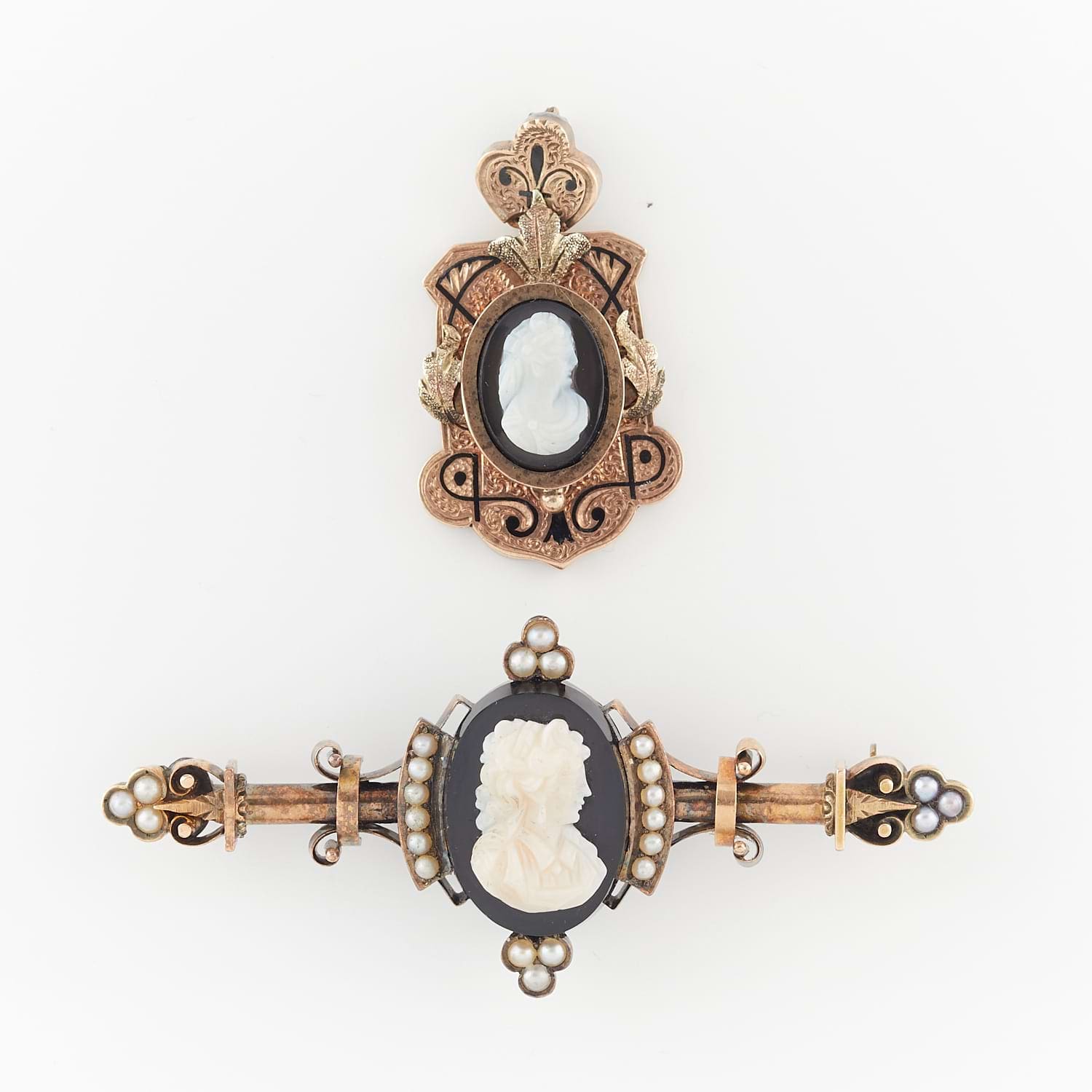
Hairwork jewelry was also a popular way to memorialize a loved one during the Victorian era. Hairwork pieces were made of a loved ones hair, ornately plated into a chain, or set into rings and brooches.
We are pleased to offer lot 154, comprising two hairwork brooches set in black frames. Each frame has a glass compartment containing the hair of someone’s loved one, light brown and delicately braided.

During the mid to late Victorian period, affordable gold filled jewelry became popular with the lower classes. Many pieces were engraved to convey sentiment or mark an occasion.
Lot number 162 includes a locket bracelet, sweetly engraved along the interior with the message “Falconer Robert To Octavine Virginia.” Perhaps this was a gift during courtship.
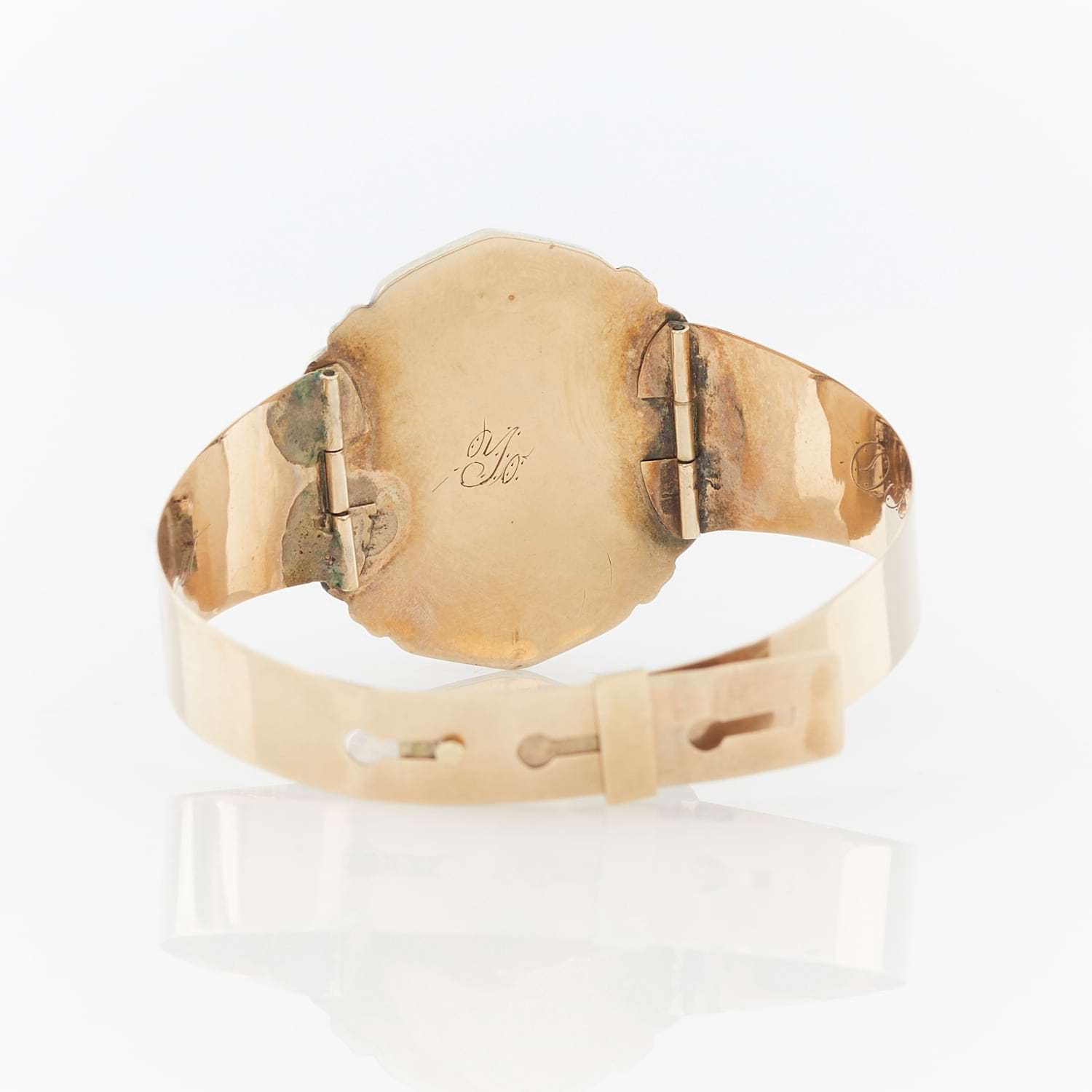
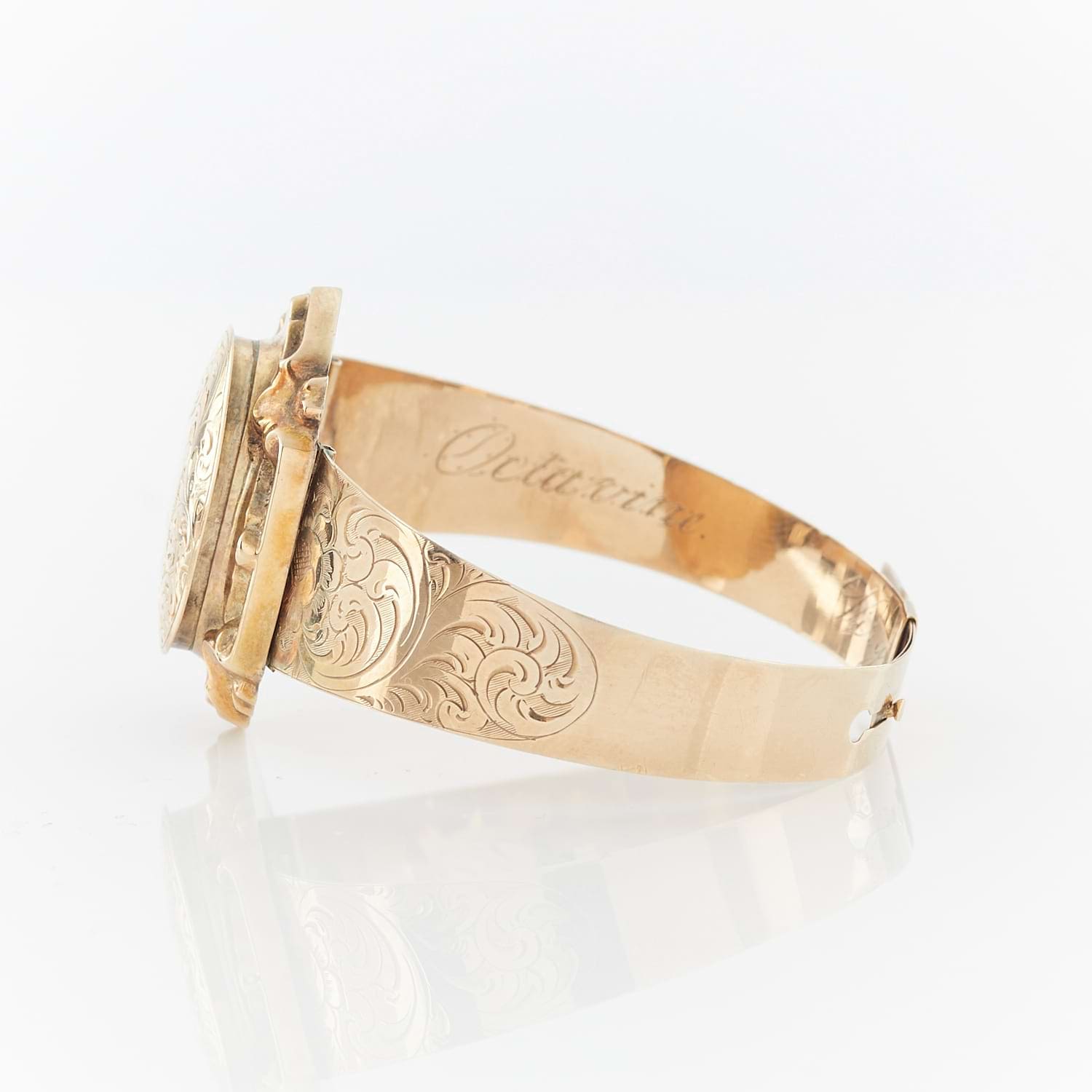
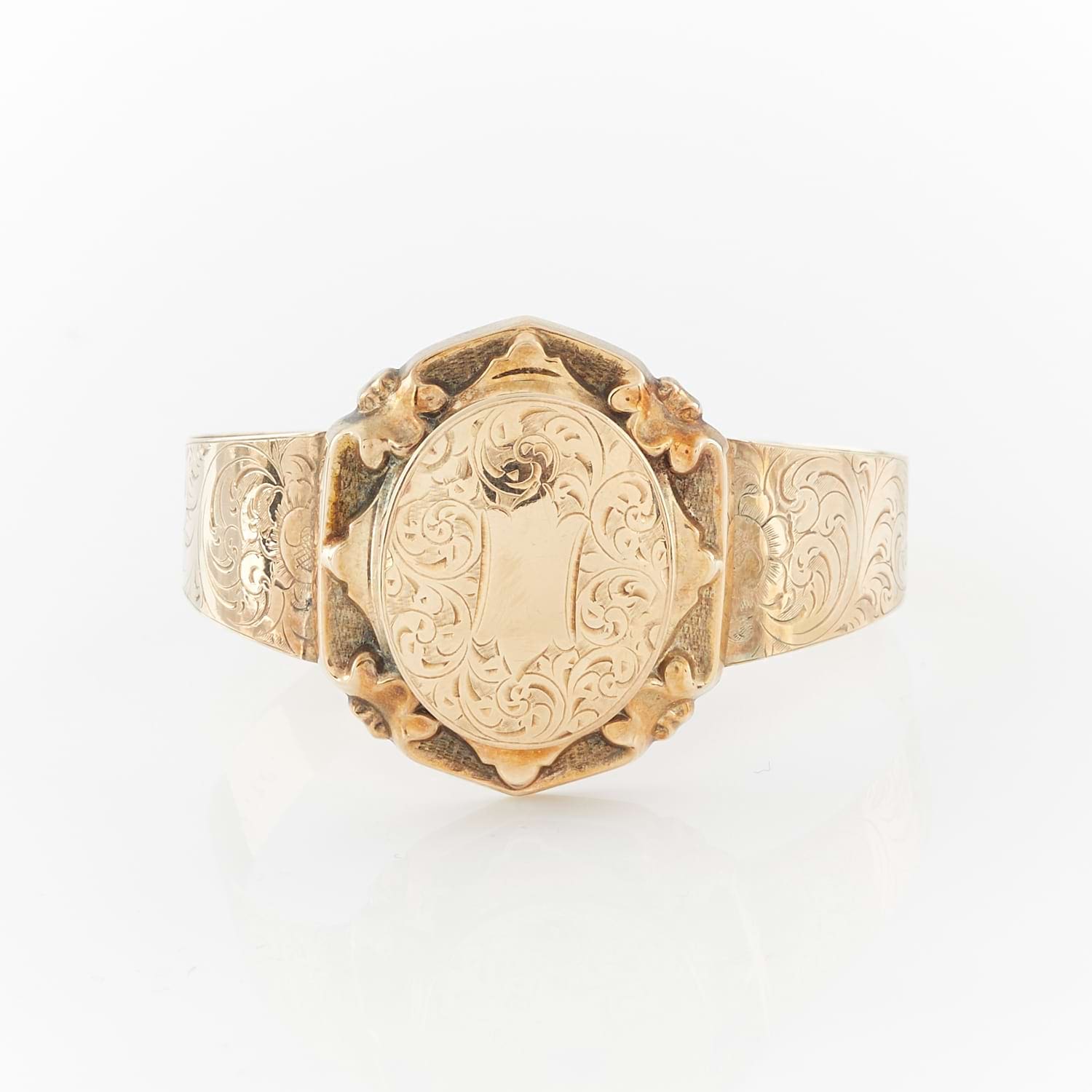
With the advent of photography, lockets and images of loved ones became more popular than hairwork.
Lot 155 is a gold plated brooch with a daguerreotype of a bearded man with light eyes. His enigmatic visage prompts thoughts about who he was, and who loved him enough to commission a piece like this. We may never know the answers to these questions, but the man lives on in this sentimental brooch.
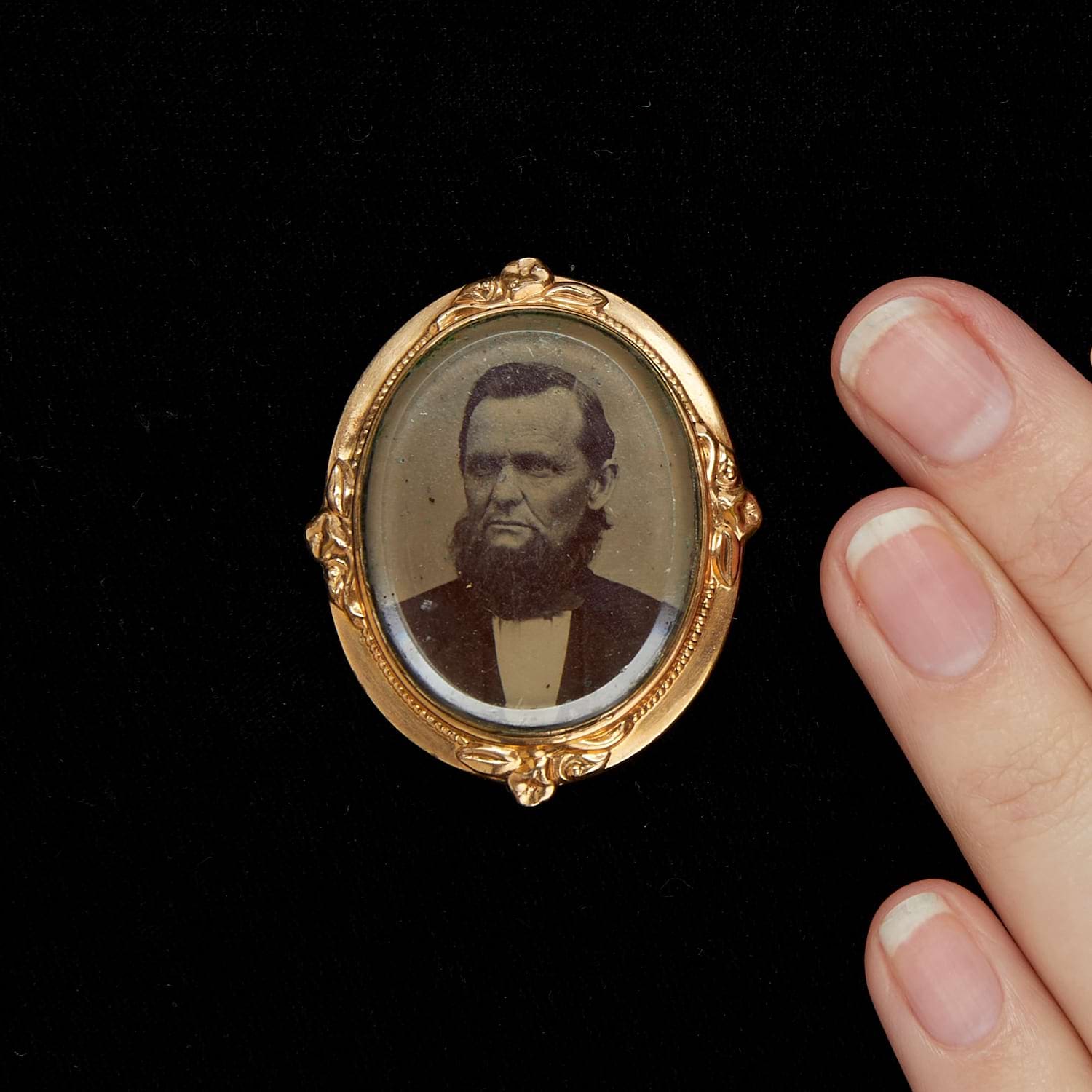
Lot 162 also features a locket with a photograph of an older and younger woman, perhaps the wearer’s mother and sister. Like lot 155, we do not know who these women are, but their presence in this locket speaks to enduring family ties, the wearer’s love for the subjects, frozen in time in this locket.
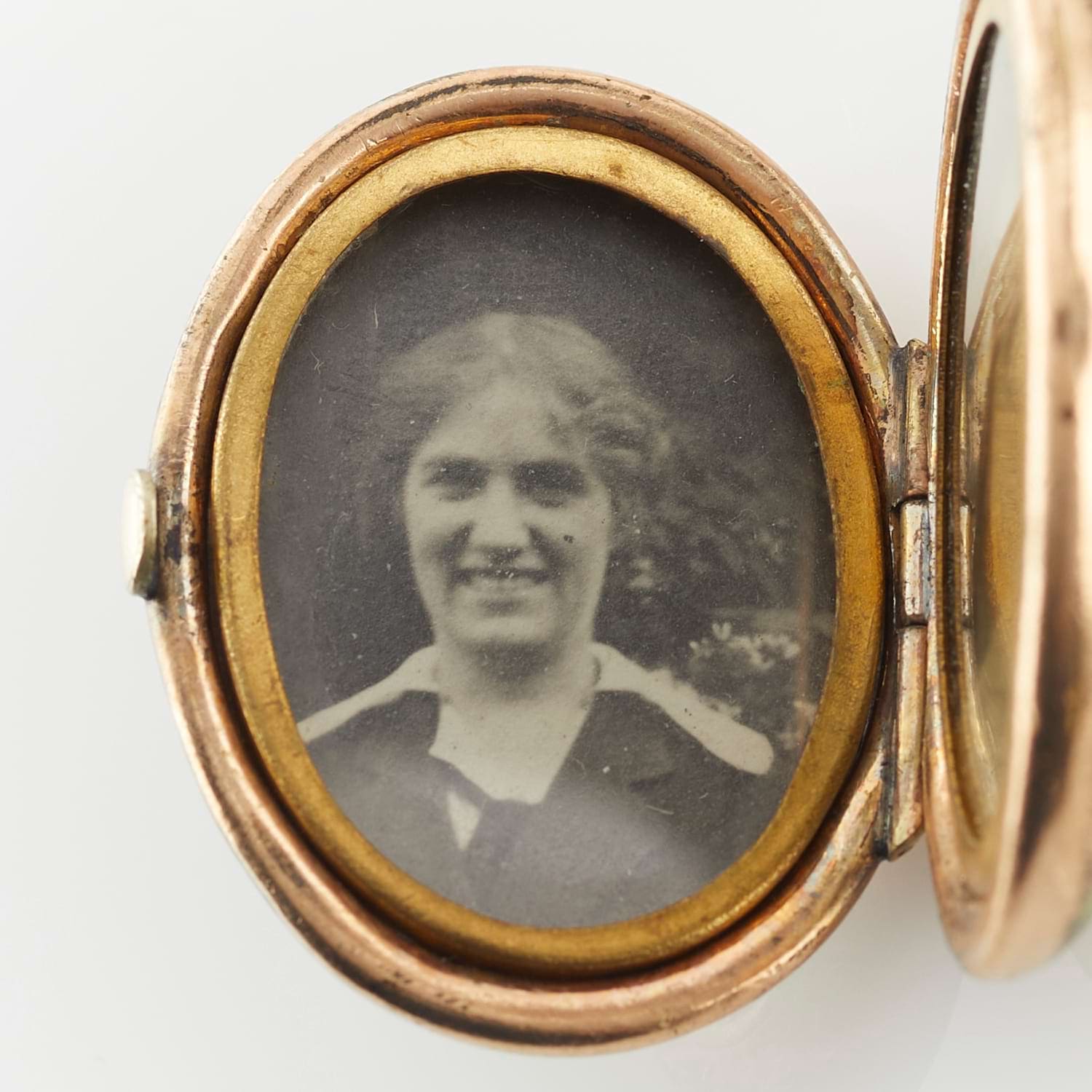
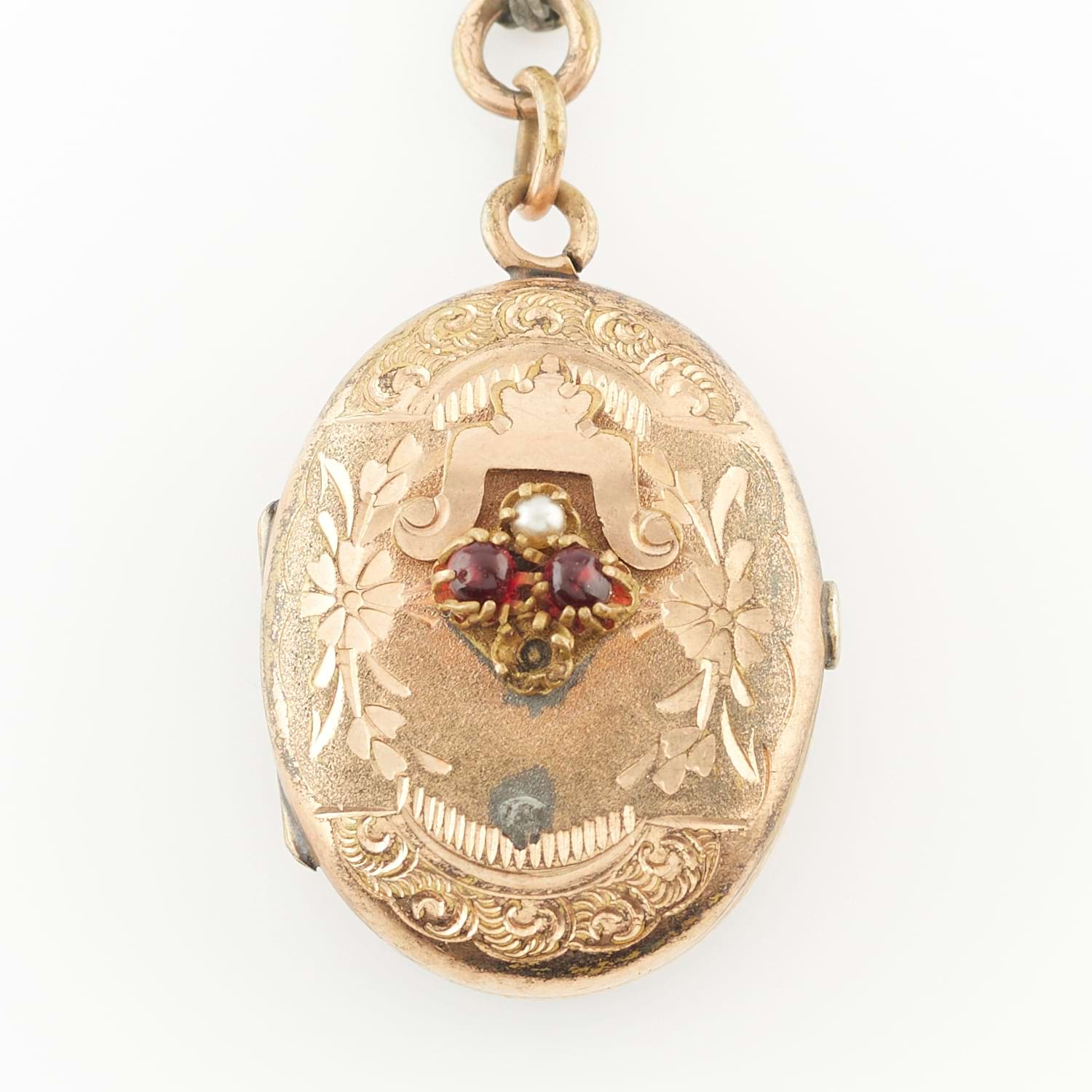
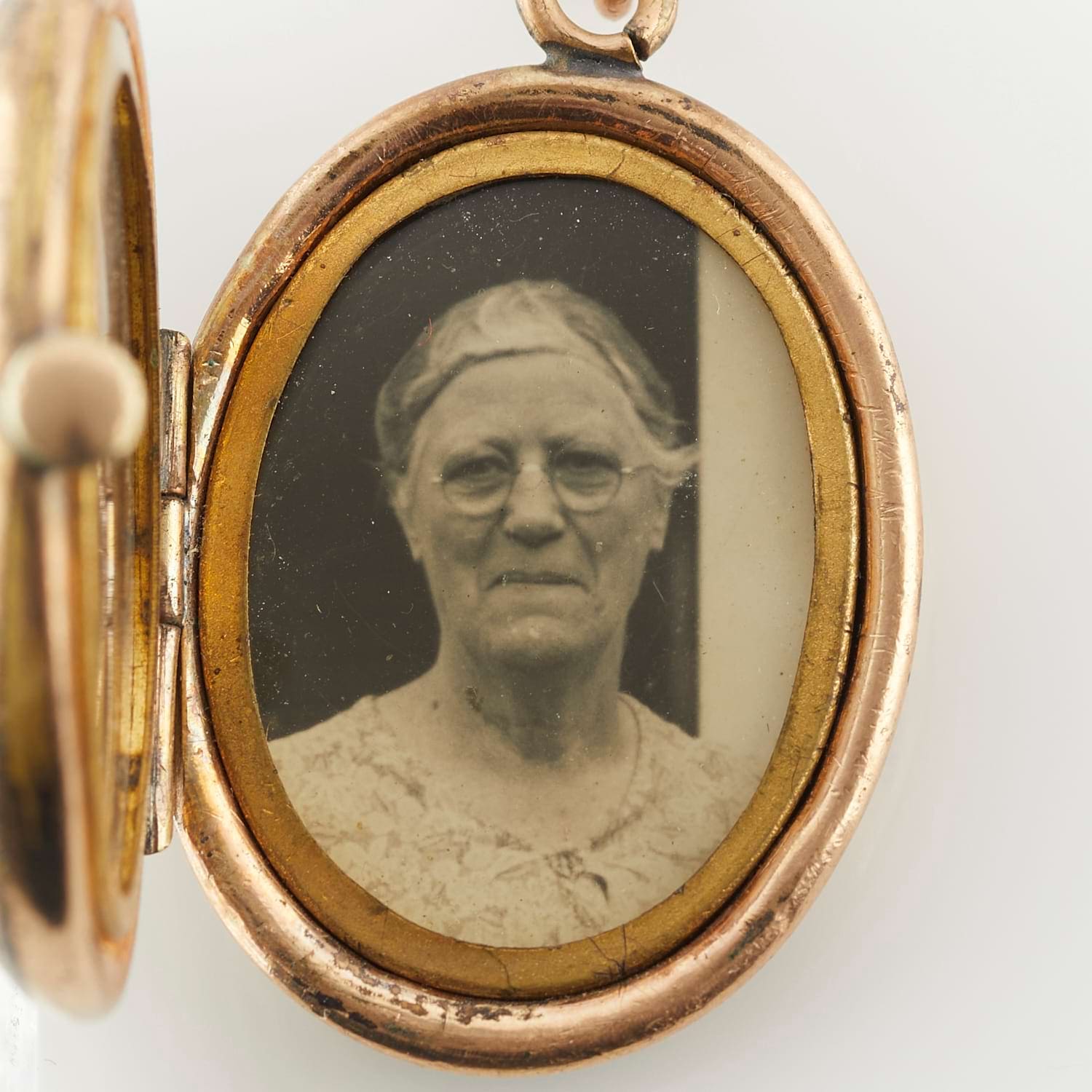
Jewelry has always been an intimate form of art, kept close to the wearer and perhaps that is why it is a repository for such heartfelt memories. From archeological discoveries of ancient jewelry engraved to commemorate marriages and deaths, to the Victorian era and beyond to our modern day, jewelry continues to be a gift not just of precious metals and artisan skills, but of deep sentiment. Create your own emotional ties with the lasting gift of jewelry. At Revere Auctions, we offer numerous opportunities for you to find your next family heirloom.
Get in touch for a free auction estimate.
